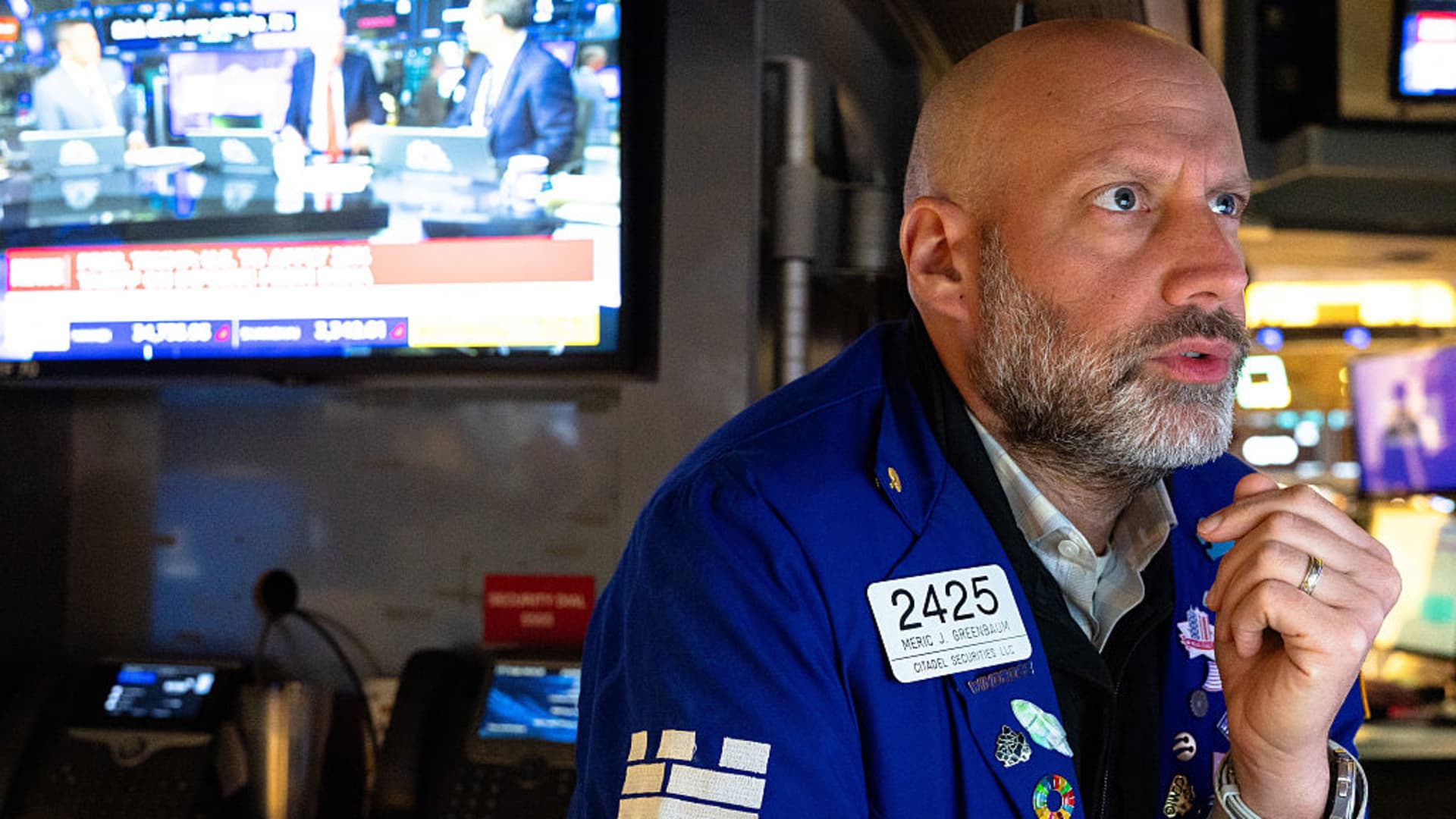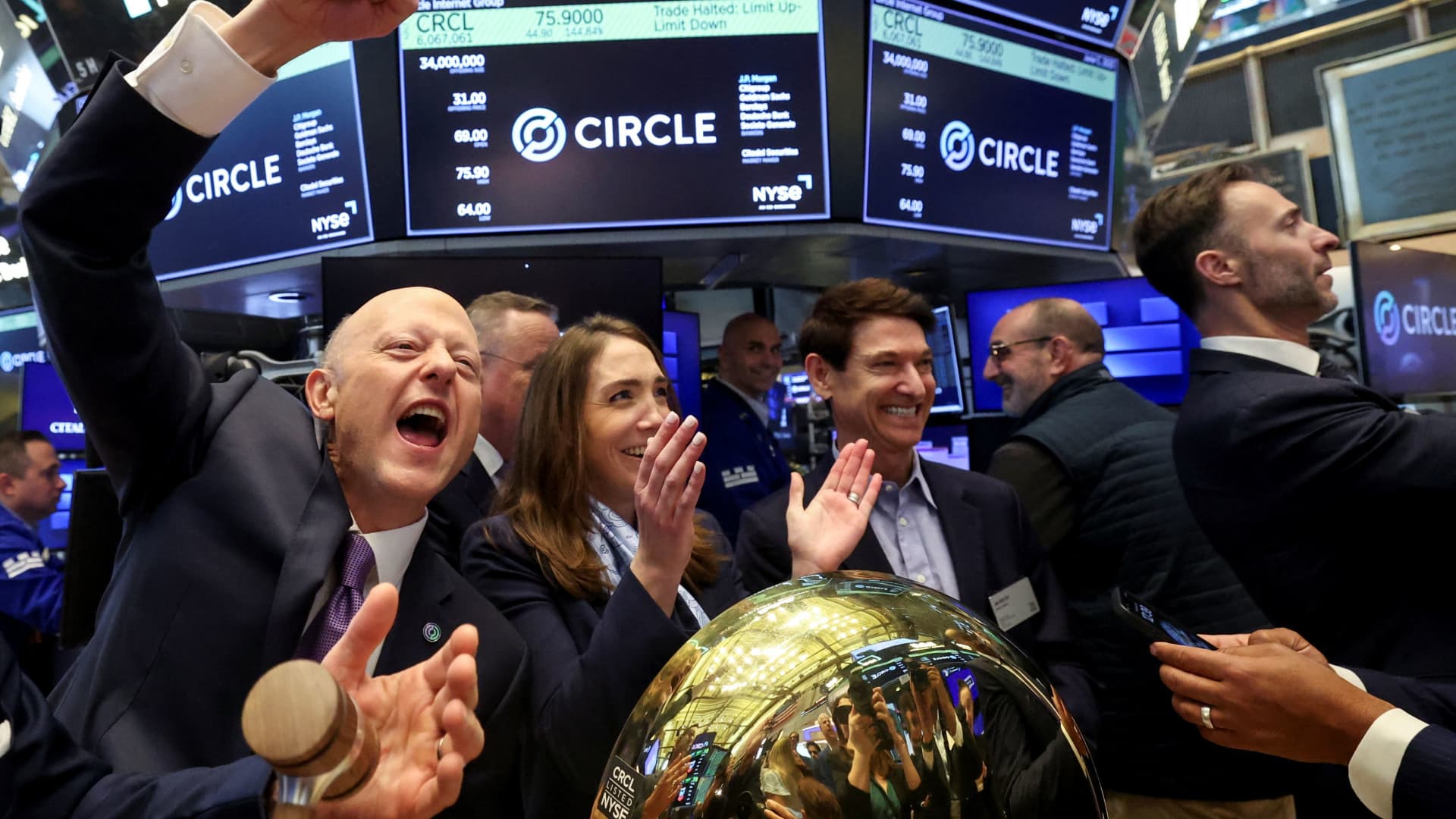Finance
Traders betting Fed will cut rates at least 4 times this year to bail out economy
-

 Blog Post7 days ago
Blog Post7 days agoCommon Bookkeeping Challenges and Solutions for Small Businesses
-

 Economics1 week ago
Economics1 week agoWhy the president must not be lexicographer-in-chief
-

 Finance1 week ago
Finance1 week agoThis is why Jamie Dimon is so gloomy on the economy
-

 Economics1 week ago
Economics1 week agoAmerica has found a new lever to squeeze foreigners for cash
-

 Economics1 week ago
Economics1 week agoWhy would Texas Republicans object to conservative, pro-family developers?
-

 Personal Finance1 week ago
Personal Finance1 week agoU.S. birth rate drop outpaces policy response, raising future concerns
-

 Economics1 week ago
Economics1 week agoAmerica’s immigration detention centres are at capacity
-

 Accounting1 week ago
Accounting1 week agoSteinhoff fraud trial moved to South Africa’s high court










